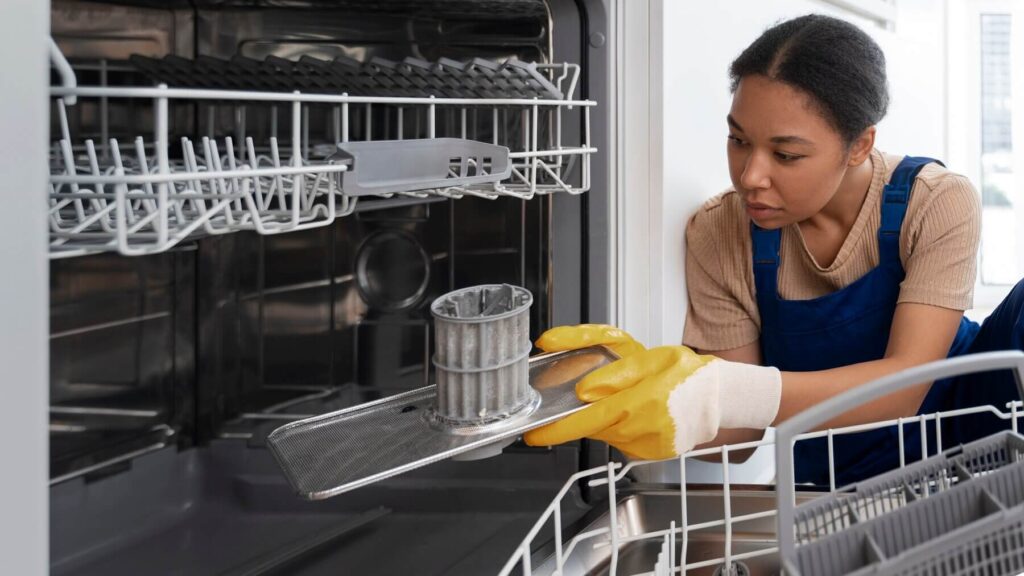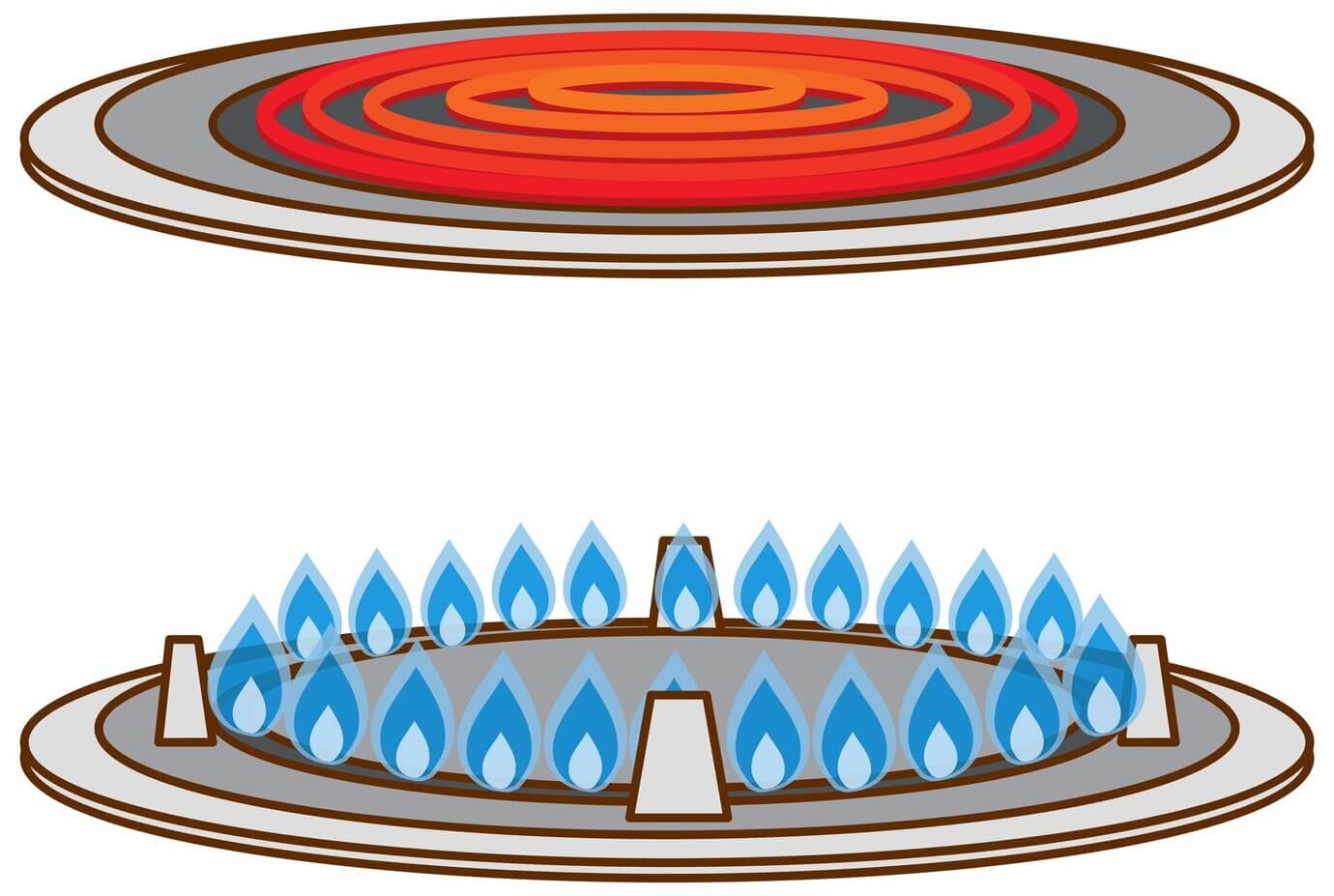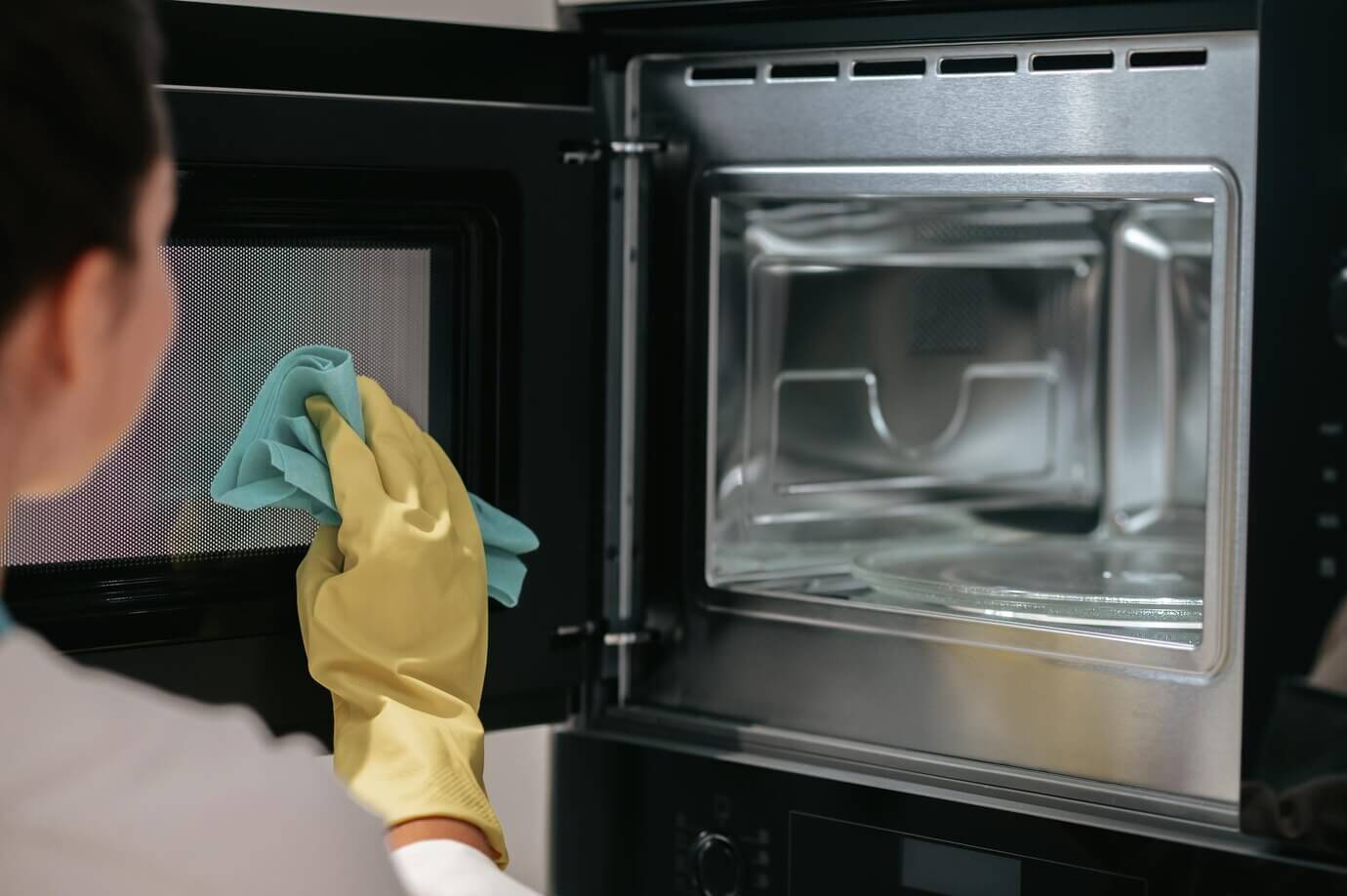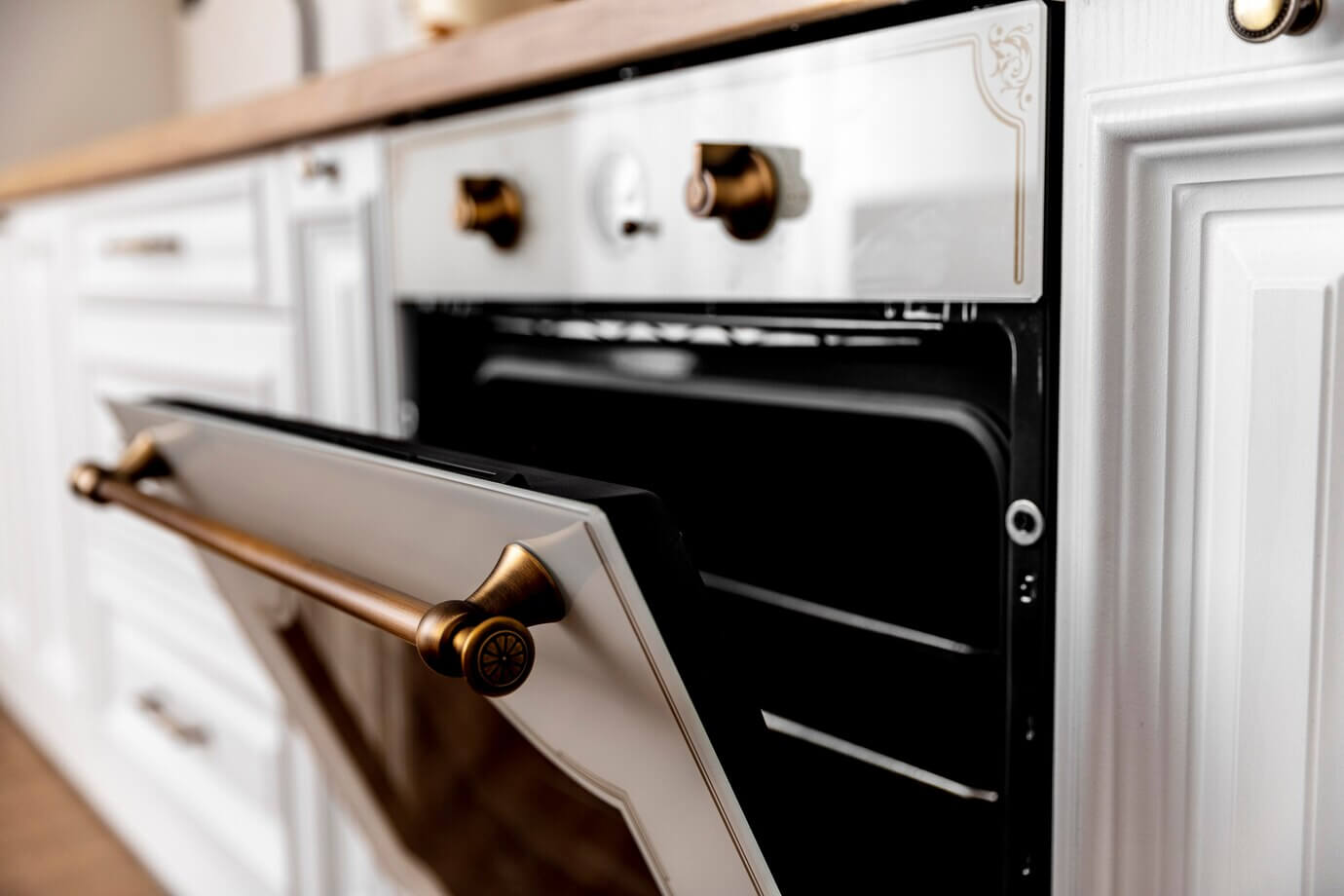
Hey there, fellow dishwashing enthusiasts! Ever find yourself pondering over the mysterious inner workings of your dishwasher? Well, you’re not alone. Maintaining and servicing your dishwasher might not be as thrilling as a Broadway show in Brooklyn, New York, but let me tell you, it’s a backstage pass to ensuring that your kitchen’s unsung hero performs like a rockstar every time.
Understanding Your Dishwasher
Before we embark on this maintenance odyssey, let’s take a quick tour of your dishwasher’s inner sanctum. Understanding the components and their functions is like learning the lyrics to a favorite song – it makes everything smoother.
Components and Their Functions
| Component | Function |
| Spray Arms and Nozzles | Distribute water for thorough dish coverage. |
| Filters and Drainage System | Capture debris and ensure a clean drainage path. |
| Detergent Dispenser | Deliver soap at the right moment in the cycle. |
| Rinse Aid Compartment | Enhance drying and prevent water spots. |
Now that we’ve got a grasp on what’s under the hood, let’s roll up our sleeves and get into the nitty-gritty of maintaining each component.
Regular Maintenance Practices
Cleaning the Interior
Removing Debris and Food Particles
- Regularly check and clear the bottom of the dishwasher for any leftover gunk.
- Wipe down the interior with a damp cloth to prevent grime buildup.
Wiping Down Surfaces
- Pay attention to the door edges and gaskets, ensuring they are free from residue.
- A mixture of vinegar and water is your secret weapon for a sparkling clean interior.
Sanitizing the Dishwasher
- Run an empty cycle with a cup of white vinegar to banish any lurking germs.
- Consider using dishwasher cleaning tablets for an extra cleanliness boost.
Checking and Cleaning Filters
Types of Filters
- Get acquainted with your dishwasher’s filter types: coarse and fine.
- Check your user manual to locate and understand each filter’s role.
Frequency of Filter Checks
- A monthly filter check is like a routine checkup for your dishwasher’s health.
- Clean any visible debris and give it a good rinse under warm water.
Proper Cleaning Techniques
- Soak filters in a vinegar solution to dissolve mineral deposits.
- Ensure filters are completely dry before reinserting them into the dishwasher.
Inspecting and Cleaning Spray Arms
Verifying Free Movement
- Spin the spray arms manually to ensure they rotate freely.
- Check for any obstructions that might impede their movement.
Clearing Clogs and Obstructions
- Use a toothpick or small brush to clear clogged nozzles.
- Inspect the spray arm’s central hub for any blockages.
Ensuring Uniform Water Distribution
- Clean out the spray arm’s central hub to maintain consistent water flow.
- Consider running an empty load with a dishwasher cleaner for a thorough clean.
Monitoring and Refilling Rinse Aid
Importance of Rinse Aid
- Understand how rinse aid improves drying performance and reduces water spots.
- Adjust the rinse aid dispenser settings based on your water hardness.
Refilling Guidelines
- Top up the rinse aid compartment regularly, especially if you notice streaks on glassware.
- Most dishwashers have a indicator light signaling when it’s time for a refill.
Adjusting Dispenser Settings
- Experiment with different rinse aid settings to find the sweet spot for your water conditions.
- Keep an eye on the indicator to avoid unnecessary guesswork.
Maintaining the Door Seal

Checking for Leaks
- Inspect the door seal for any visible wear or tear that might lead to leaks.
- If you spot any issues, address them promptly to prevent water damage.
Cleaning and Replacing the Seal
- Wipe down the door seal with a mild detergent solution to remove grime.
- If the seal is damaged, consider replacing it to maintain a watertight seal.
Lubricating Hinges
- Apply a silicone-based lubricant to the door hinges for smooth and quiet operation.
- Regular lubrication prevents wear and tear on the hinge mechanism.
Congratulations! You’ve just graduated from Dishwasher 101. Now, armed with this knowledge, let’s dive into the periodic servicing tasks to keep your dishwasher in tip-top shape.
Periodic Servicing Tasks
Your dishwasher, like a fine wine, only gets better with age when you treat it right. Periodic deep cleaning is the spa day your dishwasher deserves:
- Removing Mineral Deposits: Ever noticed cloudy glassware? That’s often the result of mineral deposits. Fear not! A simple solution of vinegar and baking soda can work wonders. Place a cup of vinegar on the top rack and run a hot water cycle. Then, sprinkle a cup of baking soda on the bottom and run another short cycle. Say goodbye to those stubborn deposits.
- Using Dishwasher-Safe Cleaning Solutions: Not all cleaning agents are created equal. Opt for dishwasher-safe cleaning solutions to avoid corrosive damage. Run a cycle with a trusted cleaner, following the manufacturer’s recommendations. Your dishwasher will thank you with gleaming interiors.
- Addressing Lingering Odors:A funky smell emanating from your dishwasher? Time to tackle it head-on. Place a bowl of baking soda on the bottom rack and run a short, hot water cycle. Baking soda is your odor-neutralizing superhero, absorbing unwanted scents like a pro.
Inspecting and Replacing Hoses
Your dishwasher’s hoses are the unsung heroes behind the scenes, ensuring water flows smoothly. Regular inspection is crucial to prevent potential leaks and water damage:
- Checking for Wear and Tear: Inspect hoses for any signs of wear, kinks, or visible damage. A damaged hose can lead to leaks, disrupting the peaceful coexistence between your dishwasher and your kitchen floor.
- Replacing Damaged Hoses: Spot a damaged hose? Don’t procrastinate. Replace it promptly to prevent water leaks and potential appliance malfunctions. Trust me; a small replacement now saves you from a flood later.
- Ensuring Proper Water Supply: Check that water supply to the dishwasher is unobstructed. A restricted water flow can compromise cleaning efficiency. If your dishwasher isn’t getting enough water, it’s like trying to make a smoothie without any liquid – messy and ineffective.
Calibrating Water Temperature
Water temperature plays a pivotal role in your dishwasher’s cleaning prowess. If your dishwasher seems lackluster in performance, it might be time to check and calibrate the water temperature:
- Verifying Water Heater Settings:Ensure your water heater is set to a minimum of 120°F (49°C). Anything lower, and your dishwasher might be doing a half-hearted attempt at cleaning.
- Adjusting Thermostat if Necessary:If your water heater is behaving like a rebellious teenager, consider adjusting the thermostat. Aim for that sweet spot around 120-125°F (49-52°C) for optimal cleaning results. Your dishes will thank you with a spotless shine.
- Impact on Cleaning Efficiency:Proper water temperature is the backbone of effective cleaning. Hot water dissolves grease and grime, leaving your dishes pristine. It’s the secret sauce to dishwasher success.
Congratulations! You’ve just completed the intermediate level of dishwasher mastery. In the next section, we’ll tackle common issues, equip you with DIY solutions, and guide you on when to call in the cavalry for professional help. Stay tuned, and let’s keep that dishwasher roaring!
Troubleshooting Common Issues
Hey, dishwasher aficionados! Ever had your dishwasher throw a curveball, leaving you wondering if it’s plotting against you? Let’s decode those warning signs and get your kitchen back to its harmonious self:
- Unusual Noises: Is your dishwasher suddenly sounding like a rock concert? Odd noises can signal issues with the spray arms, pump, or motor. Time to put on your detective hat and investigate the source.
- Water Puddles or Leaks: A puddle on the kitchen floor? Your dishwasher might be crying for help. Leaks can be caused by faulty door seals, damaged hoses, or issues with the water inlet valve. Let’s play Sherlock and solve this mystery.
- Inadequate Cleaning Performance: Are your once-pristine dishes now sporting leftover food bits? Inadequate cleaning performance can stem from clogged spray arms, malfunctioning pumps, or water temperature woes. Let’s roll up our sleeves and get those dishes gleaming again.
DIY Solutions for Minor Problems

Not all hope is lost when your dishwasher throws a tantrum. Some issues can be resolved with a bit of DIY magic. Channel your inner handyman and let’s troubleshoot:
Unclogging Spray Arms:
Grab a Toothpick
- Toothpicks are the unsung heroes of dishwasher maintenance.
- Carefully poke through the nozzles to dislodge any lurking debris.
Check the Central Hub
- Spin the spray arm and inspect the central hub.
- Clear any obstructions for uninterrupted water flow.
Removing Debris from Filters:
Regular Filter Checks
- Make filter checks a monthly ritual.
- Rinse filters under warm water to banish any stubborn gunk.
Soak Filters in Vinegar
- For a deeper cleanse, soak filters in a vinegar solution.
- Say goodbye to mineral deposits that might be holding your dishwasher back.
Resetting the Dishwasher:
Power Off, Power On
- Turn off the dishwasher and unplug it.
- Give it a moment of zen before plugging it back in and restarting.
Consult the Manual
- Check the user manual for specific reset instructions.
- Sometimes, a reboot is all your dishwasher needs to get its act together.
When to Seek Professional Help
While DIY solutions are fantastic, some issues require the expertise of a dishwasher whisperer. Let’s navigate through the signs indicating it’s time to call in the pros.
- Persistent Issues Despite DIY Efforts: If your dishwasher continues its rebellious streak despite your best efforts, it’s time to concede defeat and seek professional intervention. A pro can pinpoint underlying issues that might be eluding your DIY detective skills.
- Electrical or Mechanical Problems: Electrical sparks or mysterious mechanical noises? These are red flags indicating it’s time to put down the toolbox and dial up a professional technician. Your safety and the longevity of your dishwasher are at stake.
- Undergoing Routine Professional Servicing: Prevention is the best cure. Schedule routine professional servicing to keep your dishwasher in top-notch condition. It’s like sending your dishwasher to a spa day, ensuring it stays in peak performance mode.
Now that you’re armed with troubleshooting prowess, go ahead and face those dishwasher dilemmas head-on. Your dishes, and your sanity, will thank you. In our grand finale, we’ll recap our maintenance journey and emphasize the impact on your dishwasher’s performance. Stay tuned for the grand finale, dishwasher maestros!
Final Words
Alright, savvy dishwasher guardians, we’ve navigated the intricate world of dishwasher maintenance and troubleshooting like seasoned pros. As we wrap up this maintenance symphony, let’s take a moment to recap the key insights and underline why giving your dishwasher a little extra love is a game-changer.
Recap of Maintenance Practices
- Interior Cleaning: Regularly wipe down surfaces, clear debris, and sanitize to keep your dishwasher’s interior gleaming.
- Filter Check: Monthly inspections and proper cleaning of filters ensure efficient performance.
- Spray Arms Maintenance: Unleash the power of toothpicks to unclog spray arms and maintain even water distribution.
- Rinse Aid Rituals: Top up regularly, adjust settings, and keep an eye on that handy indicator light.
- Door Seal TLC: Regular checks, cleaning, and lubrication of the door seal and hinges prevent leaks and ensure smooth operation.
Emphasizing the Impact on Dishwasher Performance
So, why bother with all this TLC? Let’s spell it out like a chef revealing the secret ingredient to a perfect dish.
- Longevity: Regular maintenance is the secret sauce for extending your dishwasher’s lifespan. Save your wallet from unnecessary splurges.
- Optimal Cleaning: A well-maintained dishwasher means spotless dishes every time. No more re-washing that one stubborn pot.
- Cost-Effective Brilliance: A stitch in time saves nine, they say. Preventive maintenance now means fewer repairs and replacements later. Cash saved is cash earned.
As we bid farewell to our dishwasher maintenance extravaganza, remember – your dishwasher is more than just a kitchen appliance. It’s a silent hero, a culinary companion, and, with a little care, a reliable workhorse. So, keep those filters clean, spin those spray arms, and let your dishwasher shine bright!
Frequently Asked Questions (FAQ)
Q1: How often should I clean my dishwasher?
A: It’s recommended to clean your dishwasher monthly. Regular cleaning prevents the buildup of debris, grease, and mineral deposits, ensuring optimal performance.
Q2: What’s the importance of using rinse aid?
A: Rinse aid enhances drying performance and reduces water spots on your dishes. It’s especially useful in hard water areas. Check your dishwasher’s manual for optimal settings.
Q3: Can I use regular cleaning agents in my dishwasher?
A: No, it’s best to use dishwasher-safe cleaning solutions to prevent corrosive damage. Refer to your dishwasher’s manual for recommended cleaning products.
Q4: How do I address a foul odor coming from my dishwasher?
A: Place a bowl of baking soda on the bottom rack and run a hot water cycle. Baking soda absorbs odors effectively. Regular cleaning and sanitizing can also prevent lingering smells.
Q5: Why are there water puddles on my kitchen floor?
A: Water puddles may result from a faulty door seal, damaged hoses, or issues with the water inlet valve. Inspect these components and replace any damaged parts promptly.
Q6: Can I reset my dishwasher if it’s malfunctioning?
A: Yes, a simple reset might resolve minor issues. Turn off the dishwasher, unplug it, wait a few minutes, then plug it back in and restart. Consult your manual for specific reset instructions.
Q7: What’s the ideal water temperature for effective cleaning?
A: Set your water heater to a minimum of 120°F (49°C). Proper water temperature is crucial for dissolving grease and ensuring thorough cleaning.
Q8: When should I seek professional help for my dishwasher?
A: If issues persist despite DIY efforts, if you encounter electrical or mechanical problems, or for routine professional servicing, it’s time to call in a technician. Regular professional maintenance can prevent major breakdowns.
Q9: Can I use vinegar to clean my dishwasher?
A: Yes, vinegar is a versatile cleaning agent. You can use it to clean the interior, remove mineral deposits from filters, and even run a cycle with a cup of vinegar to sanitize and deodorize.
Q10: How can I extend the lifespan of my dishwasher?
A: Regular maintenance is key. Clean the interior, check and clean filters, inspect and lubricate the door seal, and address issues promptly. Following these steps will contribute to a longer and more efficient life for your dishwasher.






